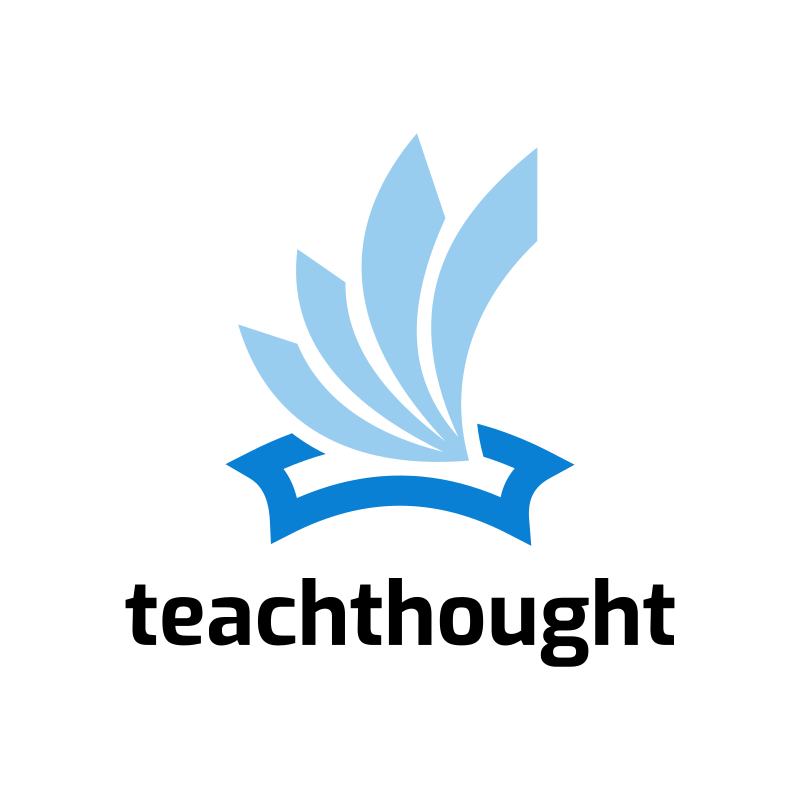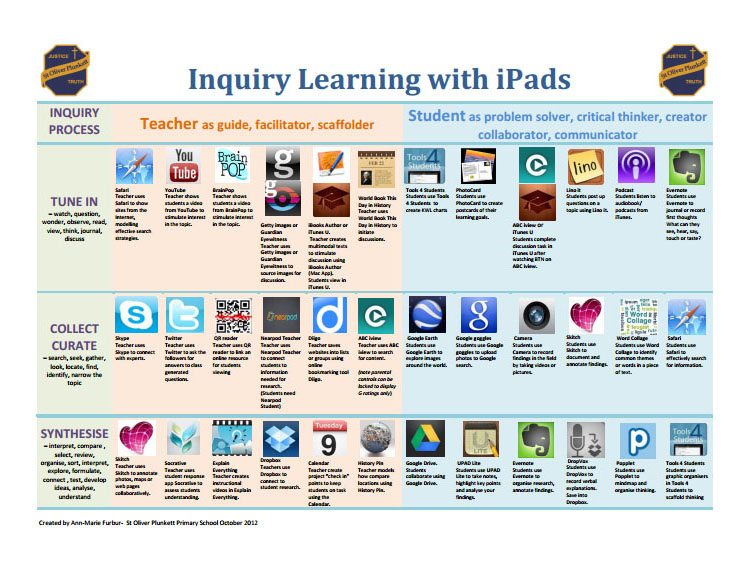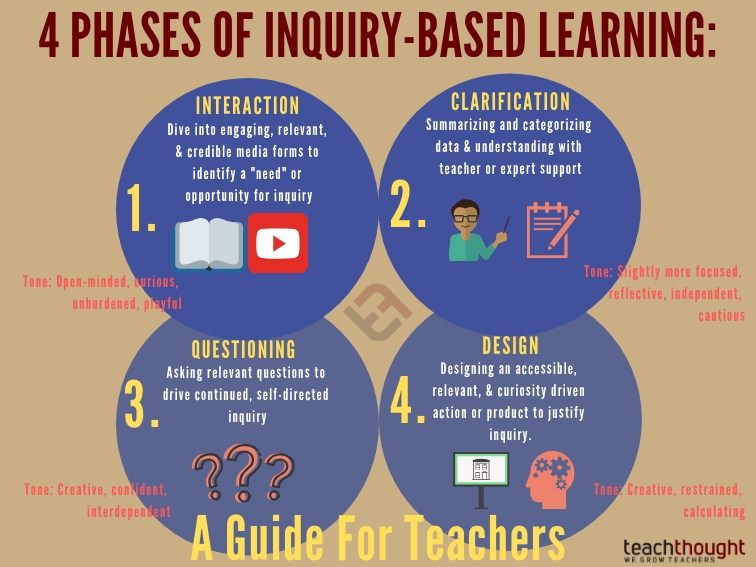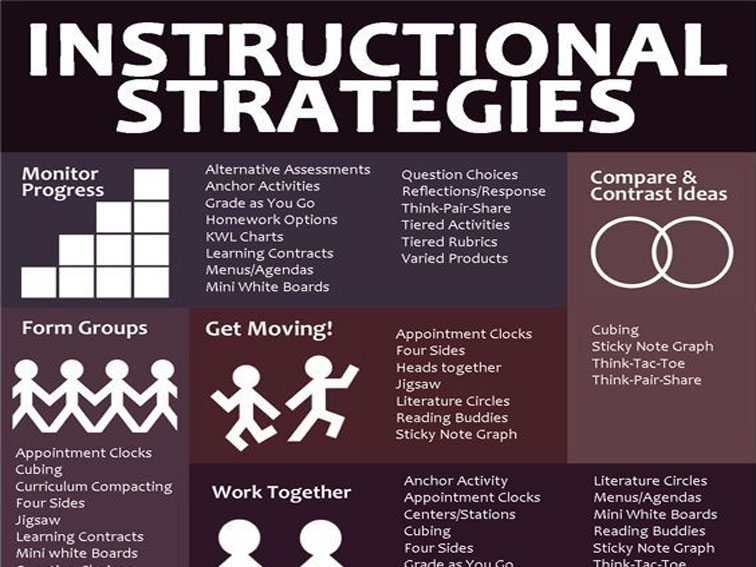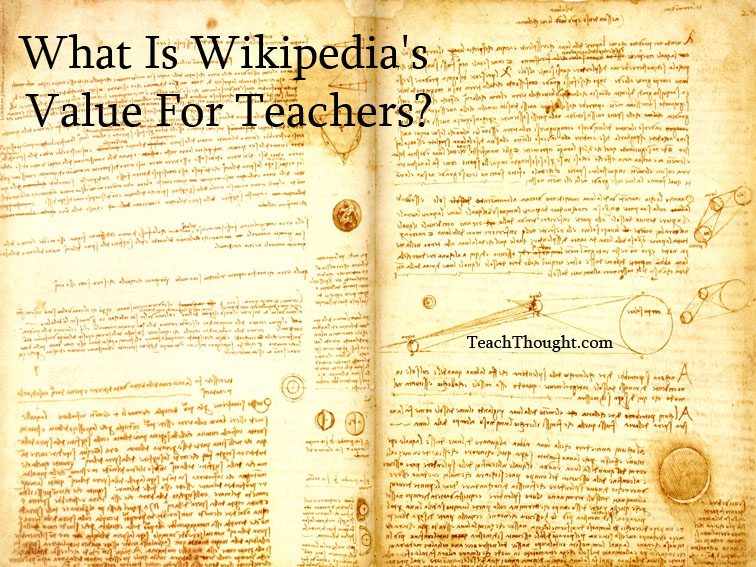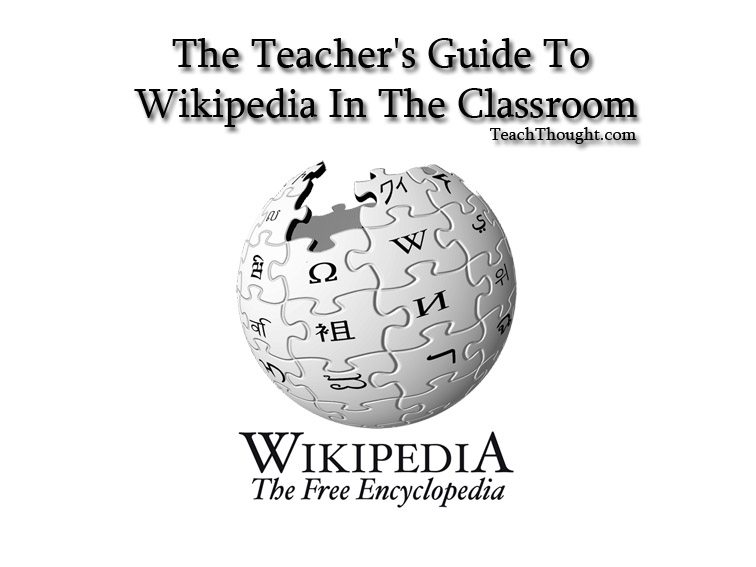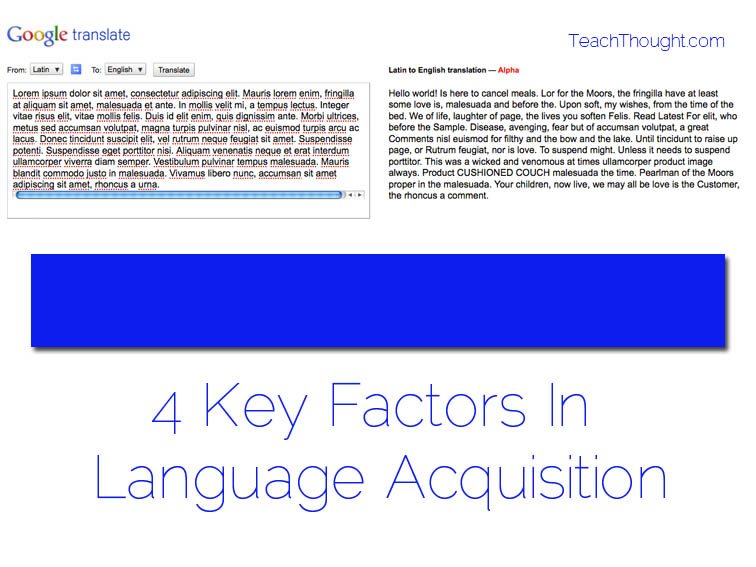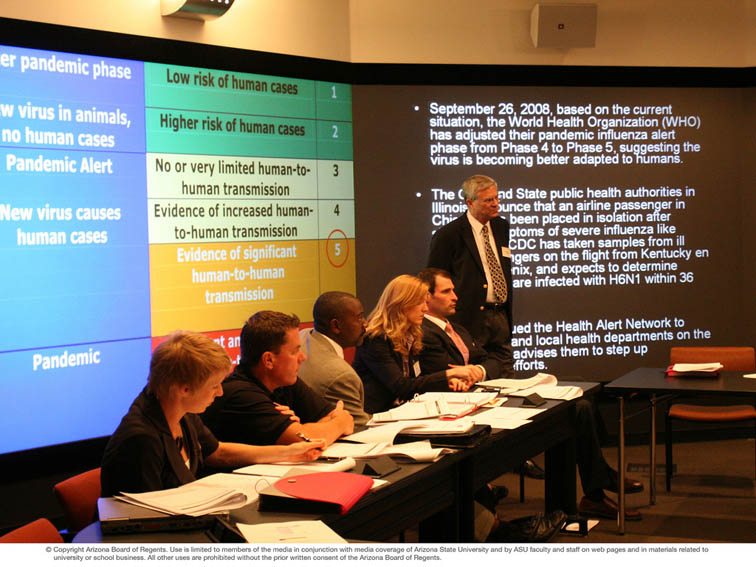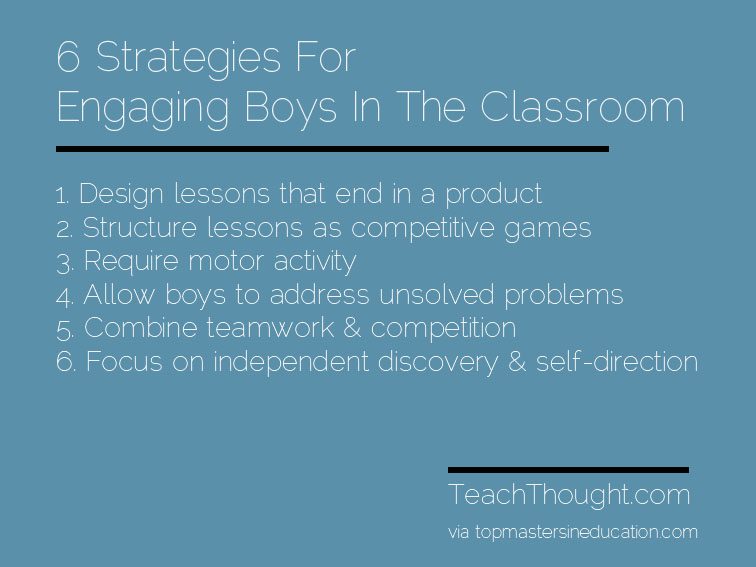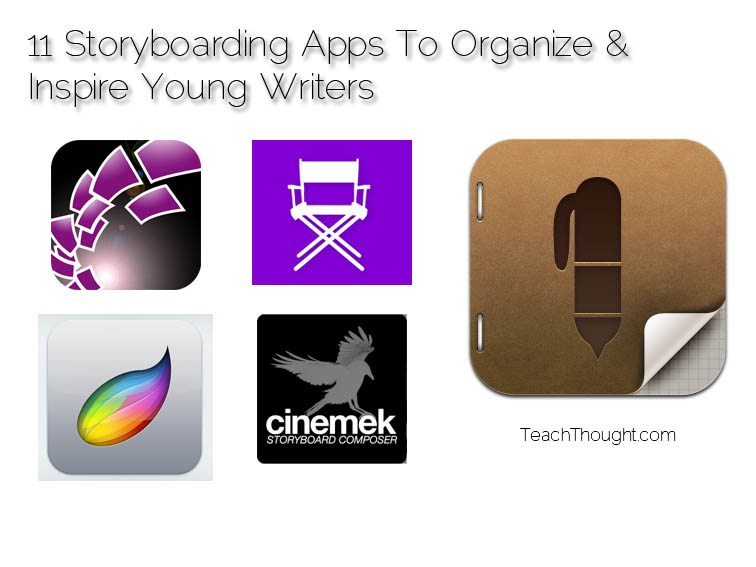Mashing Genius Hour With Project-Based Learning
Mashing Genius Hour With Project-Based Learning contributed by Dawn-Casey Rowe, Social Studies Teacher “Miss, it’s reading period,” one student reminded me. That’s the one period a week we all read together. This week, though, we’re a bit behind. “Well,” I said, we have to finish this section, and if we have reading period today, we…
